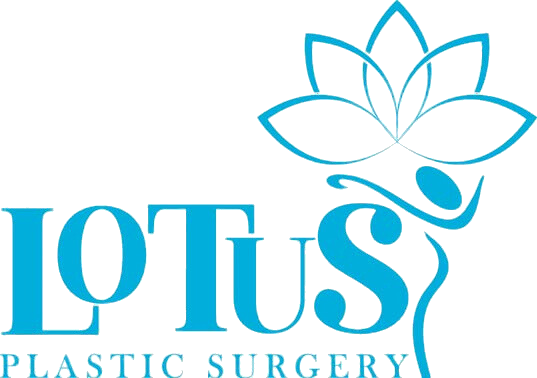Complications of Autologous Breast Reconstruction
Autologous breast reconstruction is a surgical procedure that involves using the patient's own tissue to reconstruct the breast after a mastectomy. Although it has a high success rate, like any other surgery, it has its own risks and complications. In this blog, we will discuss the most common complications of autologous breast reconstruction and their percentages.
1. Infection (3-10%)
Infection is one of the most common complications of autologous breast reconstruction. It can occur at the surgical site or in the surrounding tissue. Symptoms of infection include redness, swelling, fever, and pain. In some cases, antibiotics may be required to treat the infection, while in severe cases, additional surgery may be necessary.
2. Hematoma (2-6%)
A hematoma is a collection of blood that accumulates in the surgical site. It can occur after surgery due to bleeding or damage to blood vessels. Symptoms of a hematoma include swelling, pain, and bruising. In most cases, a small hematoma will resolve on its own, while a larger one may require additional surgery to remove it.
3. Seroma (5-10%)
A seroma is a collection of fluid that accumulates in the surgical site. It can occur due to the body's natural healing process after surgery. Symptoms of a seroma include swelling, pain, and discomfort. In most cases, a small seroma will resolve on its own, while a larger one may require drainage using a needle or surgical intervention.
4. Necrosis (2-5%)
Necrosis is the death of tissue in the surgical site. It can occur due to poor blood supply, infection, or other factors. Symptoms of necrosis include discoloration, pain, and a foul smell. Treatment for necrosis may include debridement or removal of the affected tissue.
5. Fat necrosis (5-10%)
Fat necrosis is a condition that occurs when the fat cells in the surgical site die. It can occur due to damage to the blood supply or trauma. Symptoms of fat necrosis include a lump or mass in the surgical site. Treatment for fat necrosis may include observation, aspiration, or surgical removal.
6. Delayed wound healing (2-5%)
Delayed wound healing is a condition that occurs when the surgical incision takes longer than usual to heal. It can occur due to infection, poor blood supply, or other factors. Symptoms of delayed wound healing include redness, swelling, and pain in the surgical site. Treatment may include dressing changes, antibiotics, or additional surgery.
In conclusion, autologous breast reconstruction is a safe and effective procedure, but like any other surgery, it has its own risks and complications. It is important to discuss these risks with your surgeon and understand the possible outcomes before undergoing
Want to speak with Dr Namal about Autologous breast reconstruction? Book an appointment
Dr Namal Munasinghe is a fully accredited, Melbourne Based Plastic Surgeon




